Tallulah Gorge State Park
Rate this placeNearby: National Wild And Scenic River Chattooga, North Carolina, South Carolina And Georgia Sumter National Forest
Last Updated: December 31, 2025
Tallulah Gorge State Park, located in the state of Georgia, is a breathtaking natural wonder that offers visitors a variety of reasons to visit.
°F
°F
mph
Wind
%
Humidity
Summary
The park is renowned for its impressive Tallulah Gorge, a two-mile-long and 1,000-foot-deep canyon carved by the Tallulah River over millions of years.
One of the main reasons to visit Tallulah Gorge State Park is for its stunning views and outdoor recreational opportunities. The park boasts numerous hiking trails, ranging from easy walks along the rim of the gorge to challenging treks down to the canyon floor. The suspension bridge over the gorge provides a thrilling experience and offers panoramic views of the rushing river below. Visitors can also enjoy rock climbing, fishing, and birdwatching in the park.
Some specific points of interest within the park include the Tallulah Falls, a series of cascading waterfalls that can be viewed from several overlooks along the gorge rim. Visitors can also witness the power of nature at the Tallulah Gorge Dam, which was built in the early 1900s and provides hydroelectric power to the surrounding area.
Interesting facts about Tallulah Gorge State Park include its rich history and geological significance. Native Americans once inhabited the area and considered the gorge a sacred place. In the 1800s, the gorge became a popular tourist attraction, drawing visitors from far and wide. Additionally, the park is home to a diverse array of flora and fauna, including rare plant species and nesting peregrine falcons.
The best time of year to visit Tallulah Gorge State Park largely depends on personal preference and desired activities. Spring and fall offer mild temperatures and vibrant foliage, making it an ideal time for hiking and photography. Summer is popular for water-related activities, such as swimming and kayaking, but can be crowded due to peak visitation. Winter offers a quieter experience, with fewer visitors and the opportunity to witness the gorge's beauty in a snow-covered landscape.
To ensure accuracy, it is always recommended to verify information across multiple independent sources, such as official park websites, travel guides, and reliable online resources.
Weather Forecast
Park & Land Designation Reference
Large protected natural areas managed by the federal government to preserve significant landscapes, ecosystems, and cultural resources; recreation is allowed but conservation is the priority.
State Park
Public natural or recreational areas managed by a state government, typically smaller than national parks and focused on regional natural features, recreation, and education.
Local Park
Community-level parks managed by cities or counties, emphasizing recreation, playgrounds, sports, and green space close to populated areas.
Wilderness Area
The highest level of land protection in the U.S.; designated areas where nature is left essentially untouched, with no roads, structures, or motorized access permitted.
National Recreation Area
Areas set aside primarily for outdoor recreation (boating, hiking, fishing), often around reservoirs, rivers, or scenic landscapes; may allow more development.
National Conservation Area (BLM)
BLM-managed areas with special ecological, cultural, or scientific value; more protection than typical BLM land but less strict than Wilderness Areas.
State Forest
State-managed forests focused on habitat, watershed, recreation, and sustainable timber harvest.
National Forest
Federally managed lands focused on multiple use—recreation, wildlife habitat, watershed protection, and resource extraction (like timber)—unlike the stricter protections of national parks.
Wilderness
A protected area set aside to conserve specific resources—such as wildlife, habitats, or scientific features—with regulations varying widely depending on the managing agency and purpose.
Bureau of Land Management (BLM) Land
Vast federal lands managed for mixed use—recreation, grazing, mining, conservation—with fewer restrictions than national parks or forests.
Related References
Area Campgrounds
| Location | Reservations | Toilets |
|---|---|---|
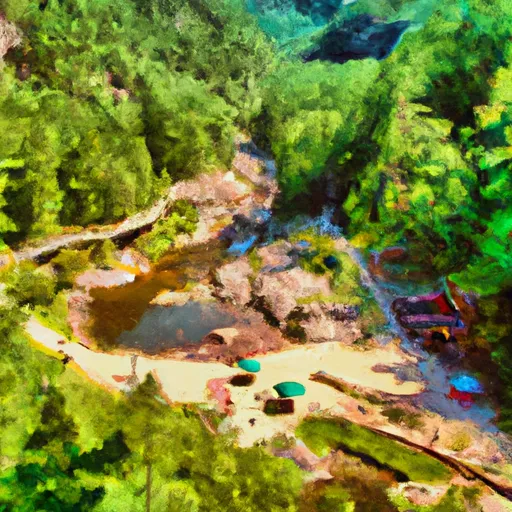 Tallulah Gorge State Park
Tallulah Gorge State Park
|
||
 Lake Yonah County Park
Lake Yonah County Park
|
||
 Rabun Beach
Rabun Beach
|
||
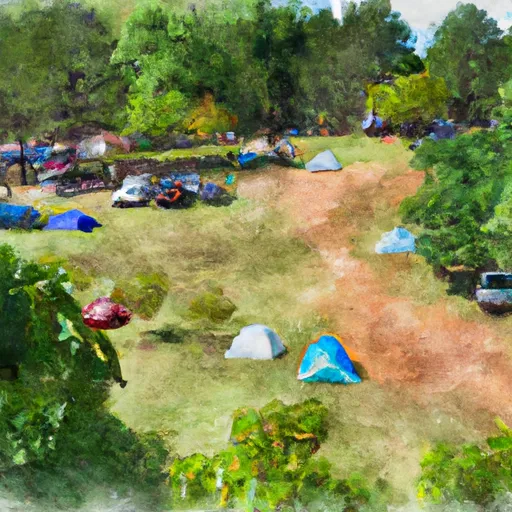 Pear Tree Hill Group Camp
Pear Tree Hill Group Camp
|
||
 Lake Rabun Beach Recreation Area
Lake Rabun Beach Recreation Area
|
||
 Seed Campground
Seed Campground
|

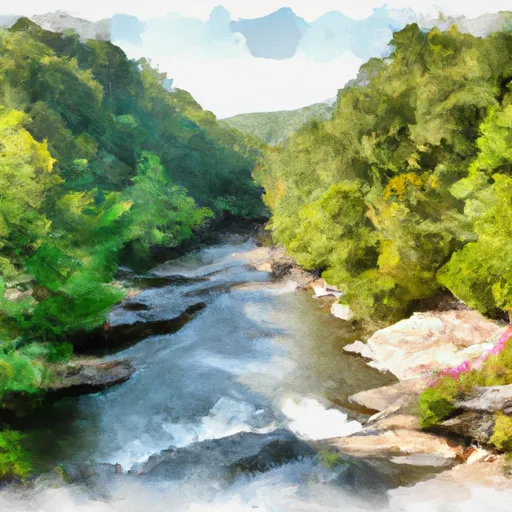 National Wild and Scenic River Chattooga, North Carolina, South Carolina and Georgia
National Wild and Scenic River Chattooga, North Carolina, South Carolina and Georgia
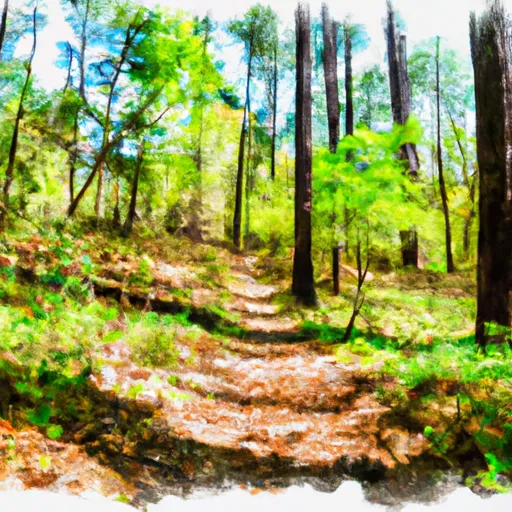 Sumter National Forest
Sumter National Forest
 Henderson Falls Park
Henderson Falls Park
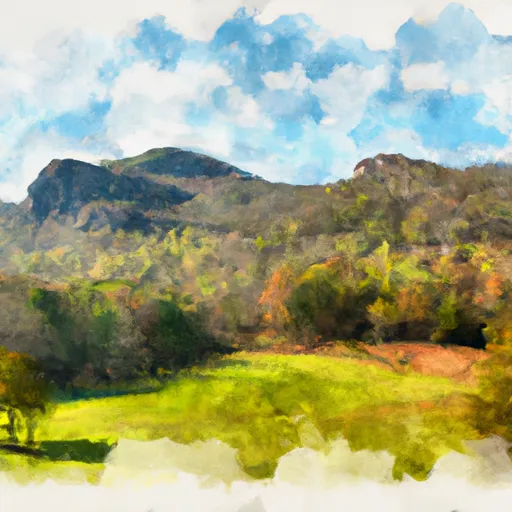 Black Rock Mountain State Park
Black Rock Mountain State Park
 Yonah Lake
Yonah Lake
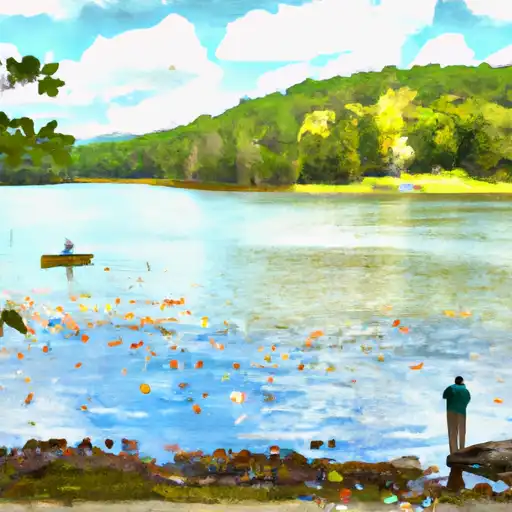 Lake Rabun
Lake Rabun
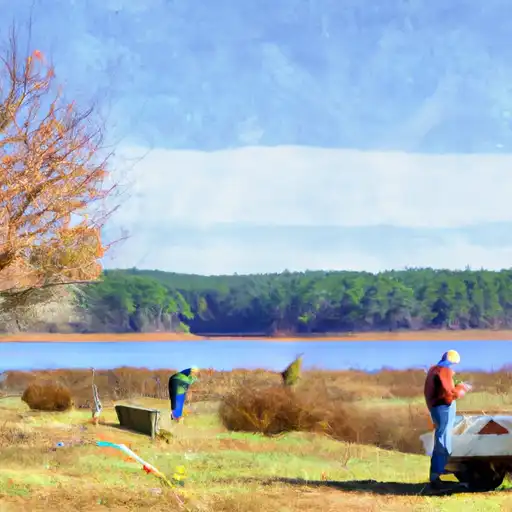 Seed Lake
Seed Lake
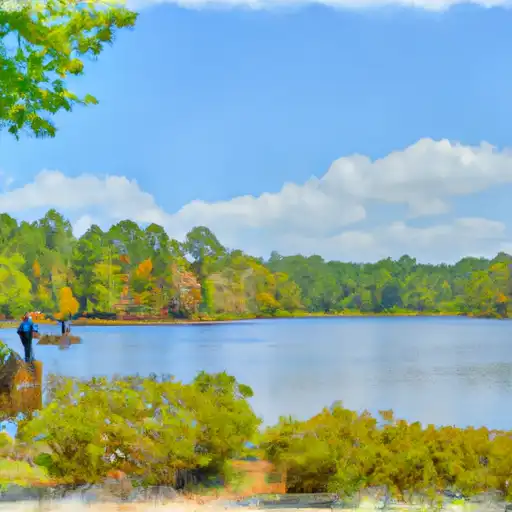 Lawson Lake
Lawson Lake
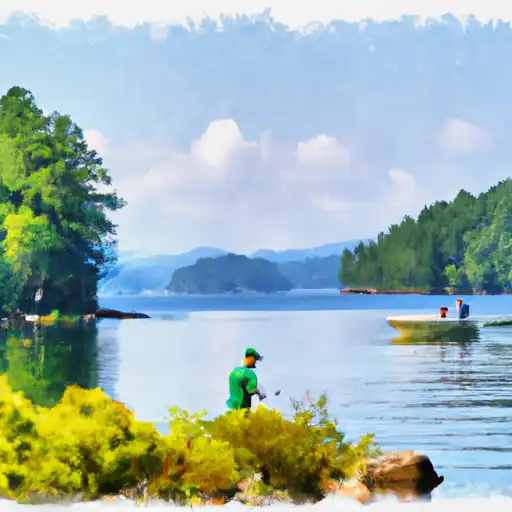 Lake Burton
Lake Burton